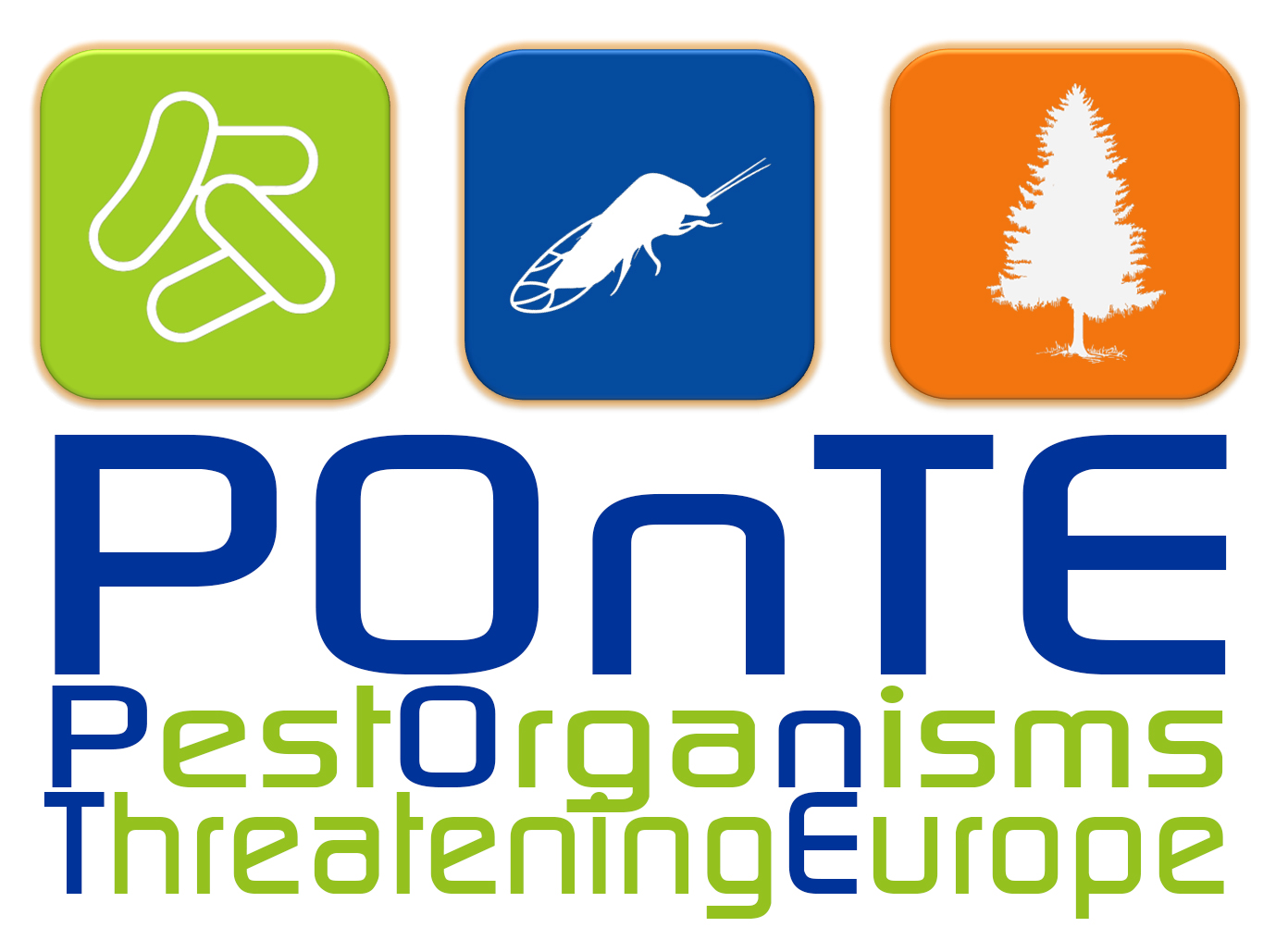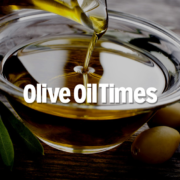Assessment of the genetic diversity of Xylella fastidiosa in imported ornamental Coffea arabica plants
ORIGINAL ARTICLE
Dutch National Plant Protection Organization (NPPO-NL), P.O. Box. 9102, 6700 HC ,Wageningen, the Netherlands
ABSTRACT
A study has been performed in order to assess the presence of Xylella fastidiosa in imported ornamental plants, among them Olea europeae, Coffea arabica, and Nerium oleander. Positive results were only obtained from C. arabica, where 15 plant samples tested positive for X. fastidiosa by PCR, 9 from Costa Rica and 6 from Honduras. Transmission Electron Microscopy observations indicated that rod shaped bacterial cells exhibiting the characteristics of X. fastidiosa cells were present in the xylem vessels of leaf petioles obtained from the infected C. arabica plants. Diversity of X. fastidiosa in C. arabica plants was assessed through a MLST analysis of seven housekeeping genes (leuA, petC, lacF, cysG, holC, nuoL and gltT) and compared with X. fastidiosa infecting different host plants worldwide. Based on this MLST analysis, the prevalence of different sequence types (STs) of X. fastidiosa in the C. arabica ornamental plants has been demonstrated, related to different X. fastidiosa subspecies and underlining the risk of introducing additional genetic diversity for X. fastidiosa to Europe. ST 53, related to X. f subsp. pauca was frequently found in these C. arabica samples. A second ST related to X. f subsp. pauca, ST 73, has been assessed in co-infection with ST 53 in one individual plant. Additionally, ST 72 and ST 76, related to X. f subsp. fastidiosa have been recorded. Next to these previously described STs, a novel ST, namely ST 77 has been revealed, related to X. f subsp. fastidiosa. Isolation of X. fastidiosa from leaf petioles and midribs of infected C. arabica plants was successfully performed only after the application of an additional ultrasonication step during the extraction procedure. Based on this approach, a number of X. fastidiosa isolates was obtained and further characterized.
Published on February 20, 2017 by PLANT PATHOLOGY









